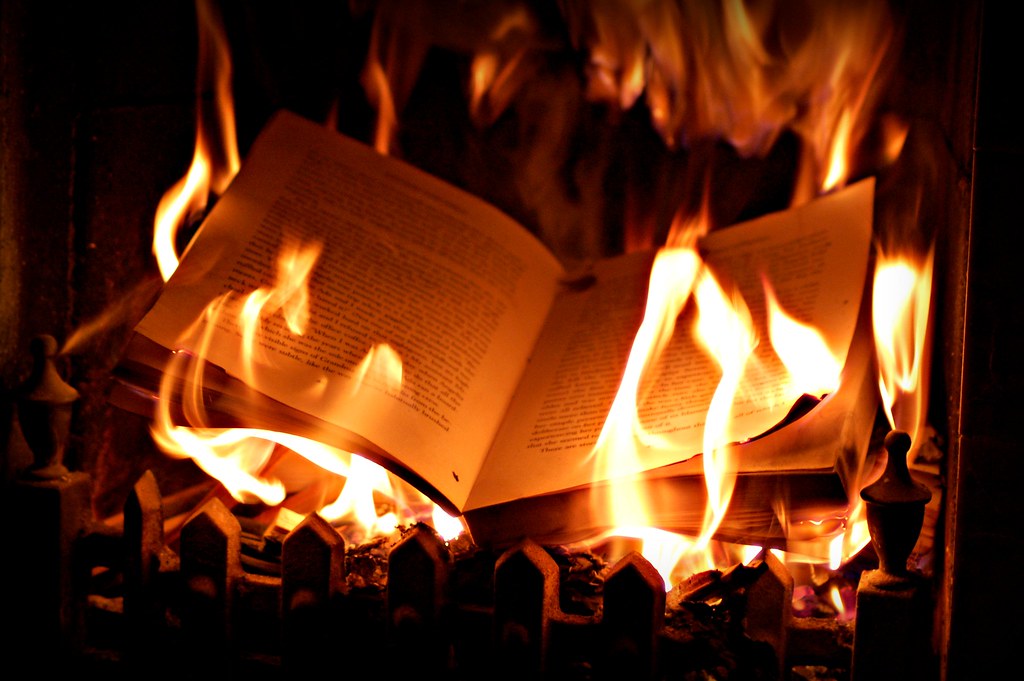
Objections were both ethical and aesthetic. The critical reception of The Original of Laura was underwhelming, to say the least. That dubious honor fell to Dmitri in 2009, who claimed to have struggled mightily with the decision (although some have speculated that the decision was at least partly driven by financial considerations). Véra hadn’t burned them, but she didn’t publish them, either. According to her son, Dmitri, her reluctance was due to “age, weakness, and immeasurable love.” For years the cards lay unseen in a Swiss bank vault. She was unable to bring herself to burn the index cards. Whatever the reason, he wanted the novel-in-progress to be destroyed.Īs it turned out, Véra Nabokov did not follow his wishes. Perhaps he was fearful that the book would tarnish his literary legacy perhaps his motives were more purely aesthetic. Nabokov’s fame was such that he knew there would be huge interest in whatever work he left behind. Vladimir Nabokov instructed his wife to burn the fragments of his unfinished novel, The Original of Laura, after his death, because he didn’t think the book (which in fact comprised just 138 index cards) was ready to be published. Perhaps it’s inevitable that Gogol’s myth would revolve more around the book he destroyed, rather than the work that survived. Incineration is always done with one eye on posterity-but things don’t always turn out quite how the writers hoped. Of course, most writers burn their work because they want to be absolutely sure that nobody else will ever read what they wrote. I kept coming back to the same question: why burn them? If he didn’t want the notebooks cluttering up his already chaotic bedroom where he wrote, he could easily have stashed them in one of his parents’ empty armoires, or, for that matter, thrown them away. The idea that he would have been quite so ready to destroy the kernel of his masterpiece-which by then was pretty much all he lived for-seemed quite out of character.
#BURN BOOK AESTHETIC FULL#
Proust was a man of unabashed sentimentality: his apartment on the boulevard Haussmann was crammed full of his dead parents’ furniture because he couldn’t bear to throw any of it away. We will never know which ideas he had abandoned along the way, how his thinking developed as the novel progressed.Īccording to her memoir, Monsieur Proust, when Céleste asked her boss why he wanted her to burn the notebooks, he told her that he no longer needed them. I couldn’t stop thinking about the treasures that had quite literally gone up in smoke in Marcel Proust’s kitchen. There’s no coming back from the ashes.Īll of this horror came back to me when I read that Marcel Proust instructed his maid, Céleste Albaret, to burn the thirty-two notebooks that contained the original outline of In Search of Lost Time. And while words deleted on a screen usually live on in a cloud somewhere, when pages are burned, they stay burned. There’s something irresistibly dramatic about the act of applying a naked flame to the corner of a page and watching the paper disappear in a sheath of fire. Where once there was something, afterward there is nothing.

If writing is slow, quiet, creative work, burning pages is quick, loud, and flagrantly destructive. The elemental annihilation of destruction by fire is so absolute, and this is where the horror lies for me. My wife tells me that I shuddered in my cinema seat at the manuscript burning scene when we watched Little Women. There’s a reason why Louisa May Alcott had Amy March burn Jo’s story.Īmy could have torn her sister’s pages into pieces, or just thrown them away, but it wouldn’t have been the same.


 0 kommentar(er)
0 kommentar(er)
